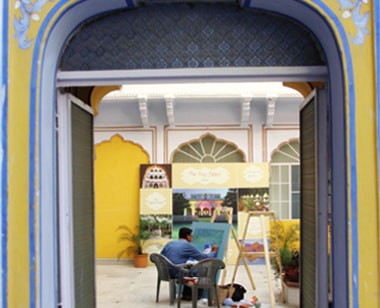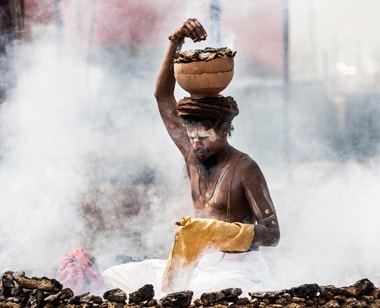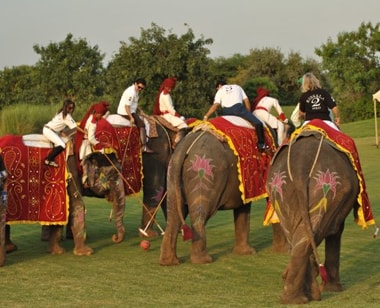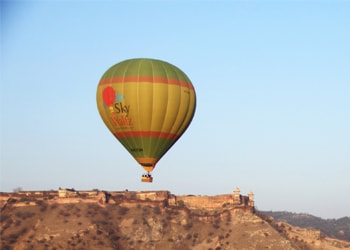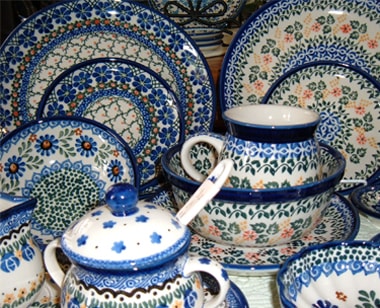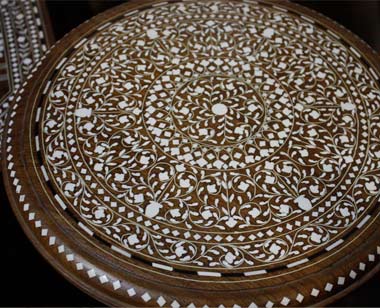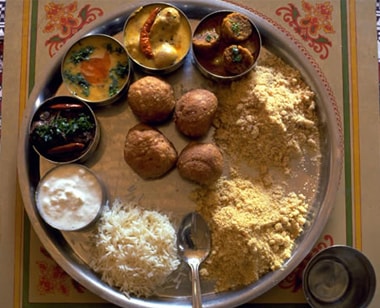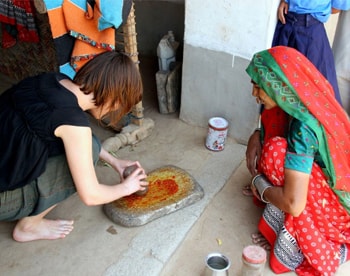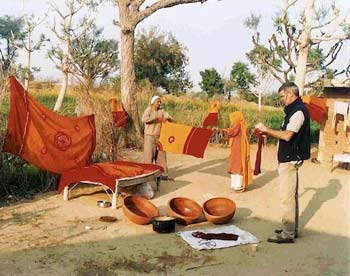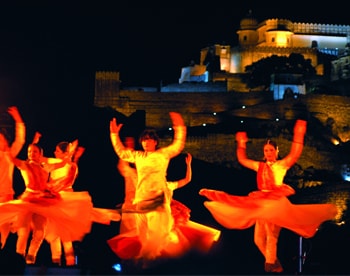Agra is home to the Taj Mahal, one of the seven Wonders of the World and is one of the most popular tourist destinations in India. Needless to say, it features on the itinerary of not just domestic tourists but also foreign travelers. Agra is situated in the north Indian state of Uttar Pradesh and along with Jaipur and Delhi forms the Golden Triangle of Indian tourism.
The construction of this marble masterpiece is credited to the Mughal emperor Shah Jahan who erected this mausoleum in memory of his beloved wife, Arjumand Bano Begum, popularly known as Mumtaz Mahal, who died in A.H. 1040 (A.D. 1630). Her last wish to her husband was “to build a tomb in her memory such as the world had never seen before”. Thus emperor Shah Jahan set about building this fairytale like marvel. The construction of Taj Mahal was started in A.D. 1632 and completed at the end of 1648 A.D. For seventeen years, twenty thousand workmen are said to be employed on it daily, for their accommodation a small town, named after the deceased empress-‘Mumtazabad, now known as Taj Ganj, was built adjacent to it.
Sheer poetry in marble. Majesty and magnificence, unrivalled, the Taj Mahal is the only one of its kind across the world
Rabindra Nath Tagore defined Taj mahal as “a tear on the face of eternity” whereas to others, it is a tender elegy in marble” and the ultimate expression of love.
Taj Mahal is regarded as one of the eight wonders of the world, and some Western historians have noted that its architectural beauty has never been surpassed. The Taj is the most beautiful monument built by the Mughals, the Muslim rulers of India. Taj Mahal is built entirely of white marble. Its stunning architectural beauty is beyond adequate description, particularly at dawn and sunset. The Taj seems to glow in the light of the full moon. On a foggy morning, the visitors experience the Taj as if suspended when viewed from across the Jamuna River.
Shah Jahan had begun his reign by killing his brothers; but he had neglected to kill his sons, one of who was destined to overthrow him. In 1657 his son Aurangzeb led an insurrection from the Deccan. Aurangzeb defeated all the forces sent against him, captured his father, and imprisoned him in the Fort of Agra. For 9 bitter years the deposed emperor lingered there, never visited by his son, attended only by his faithful daughter Jahanara, and spending his days looking from the Jasmine Tower of his prison across the Jumuna to where his once-beloved Mumtaz lay in her jeweled tomb.
Taj Mahal (meaning Crown Palace) is a Mausoleum that houses the grave of queen Mumtaz Mahal at the lower chamber. The grave of Shah Jahan was added to it later. The queen’s real name was Arjumand Banu. In the tradition of the Mughals, important ladies of the royal family were given another name at their marriage or at some other significant event in their lives, and the public commonly used that new name. Shah Jahan’s real name was Shahab-ud-din, and he was known as Prince Khurram before ascending to the throne in 1628.
The Taj stands on a raised, square platform (186 x 186 feet) with its four corners truncated, forming an unequal octagon. The architectural design uses the interlocking arabesque concept, in which each element stands on its own and perfectly integrates with the main structure. It uses the principles of self-replicating geometry and symmetry of architectural elements.
The mausoleum is a part of a vast complex comprising of a main gateway, an elaborate garden, a mosque (to the left), a guest house (to the right), and several other palatial buildings. The Taj is at the farthest end of this complex, with the river Jamuna behind it. The large garden contains four reflecting pools dividing it at the center. Each of these four sections is further subdivided into four sections and then each into yet another four sections. Like the Taj, the garden elements serve like Arabesque, standing on their own and also constituting the whole.
The main entrance, once guarded with solid silver gates, is a maze of marble embroidery; inlaid in the wall in jeweled script are qotations from the Koran, one of which invites the “pure in heart” to enter “the gardens of Paradise.”
How to reach Taj Mahal ?
By Air The fastest way of reaching Taj Mahal, Agra is by air. The city of Taj, Agra, has its own airport that is around 7 km from the city center. Indian Airlines operates flights to Agra on a daily basis.
By Rail There is a good network of trains connecting Agra with the rest of the country. Apart from the main railway station of Agra Cantonment, there are other two stations also, that of Raja-ki-Mundi and Agra Fort. The main trains connecting Agra with Delhi are Palace on Wheels, Shatabdi, Rajdhani, and Taj Express.
By Road There are regular bus services from Agra to a number of important cities. The main bus stand of Idgah has a number of buses running for Delhi, Jaipur, Mathura, Fatehpur-Sikri, etc.
Local Transportation After reaching the city also, you need some sort of local transport to reach Taj Mahal. You can easily get taxi, tempo, auto-rickshaw and cycle rickshaw in the city that will take you to your destination. Prepaid taxis are also available if you want to visit the various places near the city. For the adventurous kind, there are bicycles that can be hired on hourly basis from different parts of the city. Since, diesel and petrol vehicle are not permitted in the Taj Mahal area, you can find battery-operated buses, horse-driven tongas, rickshaws and other pollution-free vehicles there.
Timings: 6:00 AM to 7:30 PM (Taj Mahal remains closed on Friday)
Entrance Fee: Rs. 750 (Foreign Nationals)
Rs. 20 (Indians, during daytime)
Rs. 110 (Indians, during sunrise and sunset)
City: Agra, On the Banks of River Yamuna
State: Uttar Pradesh
Distance from Delhi: 204 km (approximately)
Best Time to Visit: October to March (Winters)
 +919828167660, +919414075013
+919828167660, +919414075013

